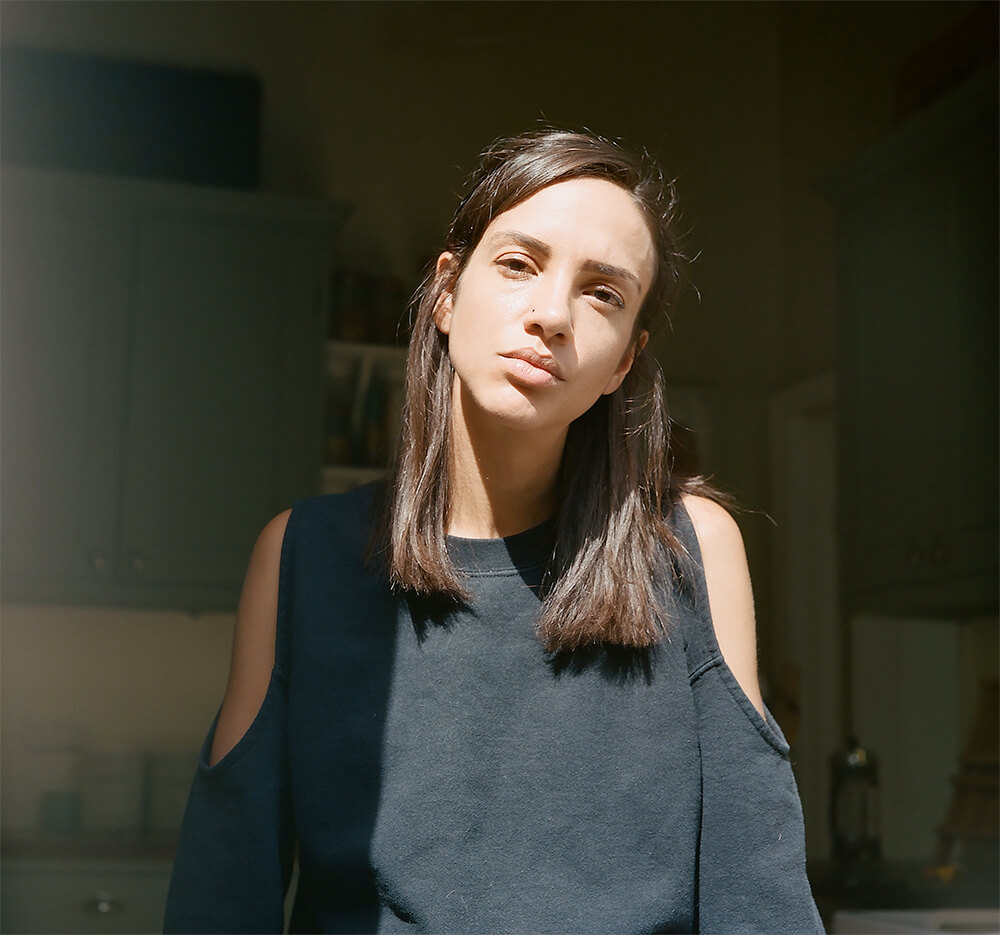Laura Pannack is a London-based, award-winning photographer. Renowned for her recognizable portraiture and social documentary artwork, she often seeks to explore the complex relationship between subject and photographer. Her work heavily focuses on the youth. She was educated at the University of Brighton, Central Saint Martins College of Art and LCP.
Pannack's work has been extensively exhibited throughout the UK and abroad, including at The National Portrait Gallery, Somerset House, the Royal Festival Hall and the Houses of Parliament.
Driven by research-led, self-initiated projects, Pannack seeks to fully understand the lives of those she captures on film in order to portray them as truthfully as possible. Perceiving “time, trust and understanding” to be the key elements to achieving this, many of her projects develop over several years, helping her achieve a genuine connection between herself and her sitter and allowing her to capture the intimacy, shared ideas and shared experiences of this relationship.
Pannack chooses to shoot with analogue film on her personal projects. By using traditional methods of working from negatives, as well as shooting with Polaroid, she finds beauty in the mistakes that come from working with unpredictable material.
Her artwork has received much acclaim and won numerous awards, among which are the John Kobal Award , Vic Odden prize,World Photo Press Awards and the HSBC Prix de la Photographie prize
In addition to her own practice, Pannack lectures, critiques and teaches at universities, workshops and festivals around the world, and in 2015, judged the portrait category in World Photo Press Awards in Amsterdam.
Pannack has also been widely published, both commercially and as a photographic artist, with work appearing in The British Journal of Photography, Hotshoe International, TIME, The Guardian Weekend, The Telegraph, The Sunday Times, Creative Review. Her monograph 'Against the dying of the light' was published by Acts de Suds in 2016 and YOUTH Vol 1 was released in 2018 by Polite company
Selected Books on

